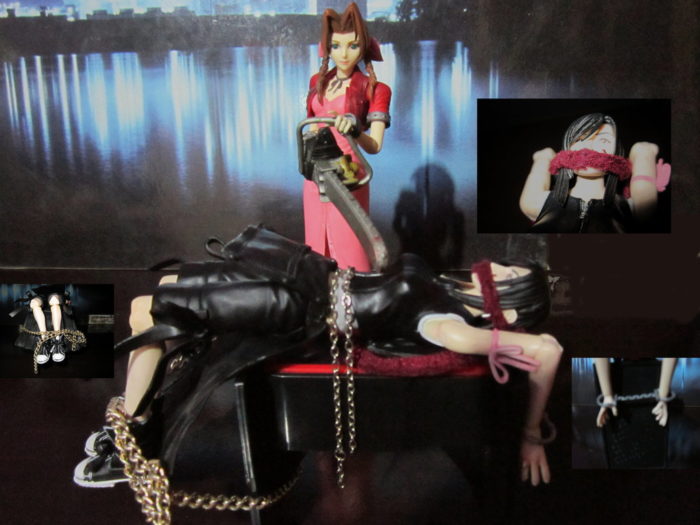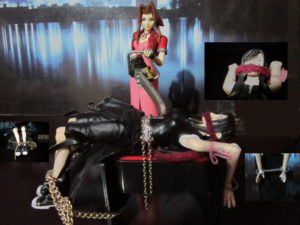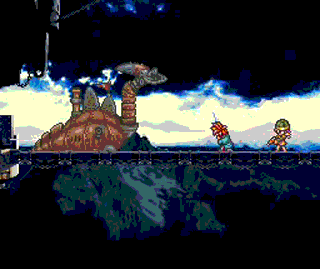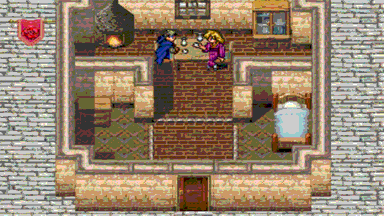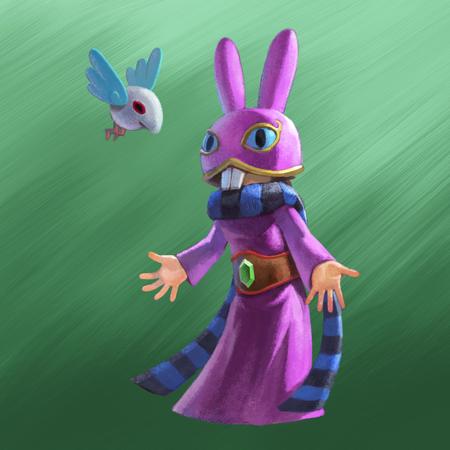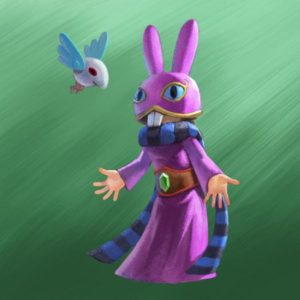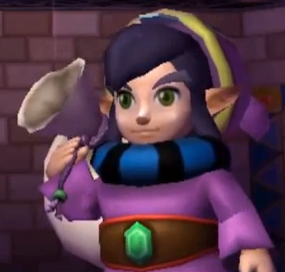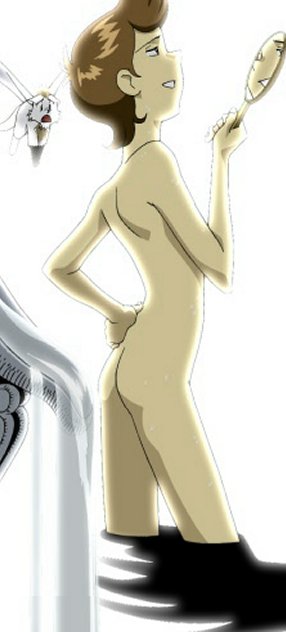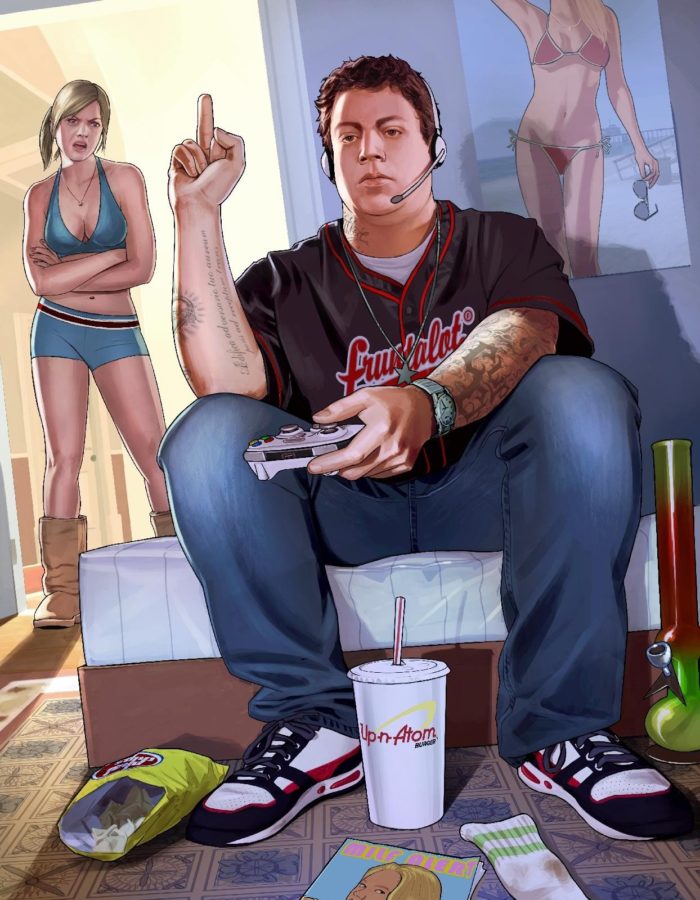I think the Final Fantasy XV Platinum Demo sucked, and the users at Giant Bomb agree.
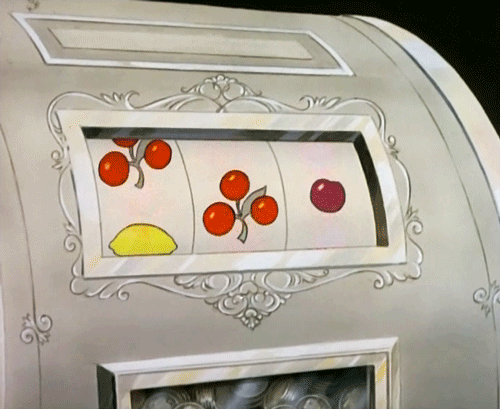
From the thread Platinum Demo Impressions:
Thank god for this thread. Looking at positive reactions on YouTube, I felt like I was living in a cuckoo clock. I downloaded the demo after watching the awesome trailer, and I played it in the same room as my wife, trying to come up with nice things to say while I was going through it.
“Okay, the controls are kinda responsive. The battle transitions are pretty smooth.” Knowing me, she said, “Do you believe anything that you’re saying?” and I finally admitted, “No.”
The trailer had panache and drama, and the demo didn’t have any. The coolest part was when I stepped on a switch and Leviathan soared over me and into a lake, and then just… disappeared. It’s like none of the teams working on this were ever in the same room. “Here is an ENVIRONMENT; insert SPECIAL EFFECTS; insert MONSTERS – good job, everyone.” It didn’t feel crafted at all. Really, why did any particular encounter have to occur in any particular space? It was all just Some Stuff Happening.
I was looking forward to the novel concept of playing in Noctis’ dream to, like, get into his headspace, find out more about his character. But then I realized they set it inside of a dream for one reason: so they wouldn’t have to think about how to transition from one environment to the other. “Oh, shoot, how do we get from the forest to the toy room? Ehh, just say it was all a dream and call it a day.”
Remember waiting for the release of previous Final Fantasy games? The question I always remembered asking about any new one coming out was: “So what’s the new core mechanic? What’s materia all about? How does junctioning work? Sphere Grid? Gambits?” What are the new possibilities being demonstrated here? What makes this the Next Step in the series? Really, what is the POINT of this demo? What’s the Thing we were supposed to see that was meant to confirm how we shouldn’t skip this game when it comes out?
The demo didn’t seem to know. Instead of introducing me to a world, showing me how I should play the game, showing me what makes a strategy more worthy in one situation than another, what’s the tactical difference between dodging and warping, they were like… “Circle attacks, Square dodges. Here’s some Heartless Nightmares. You’re a truck now. It’s a dream. Whatever. Here’s a summon monster.”
Cool. Can I summon it?
“Uh… No.” The game barely cared that I was playing it.
And for those defending it as “just” a tech demo:
1) I didn’t play Episode Duscae. I borrowed FF Type 0 from a friend, but found out that he had already “claimed” the digital copy of the demo, so I couldn’t play it. As a result, this demo is ALL I HAVE to go on. I also didn’t like Type 0 much, either. So I’m not gonna pay money for a game I know I don’t like to play a demo that I am now PRETTY SURE I won’t like.
2) It’s not called the tech demo – it’s called the PLATINUM DEMO. And then at the end of it they asked me if I wanted to pre-order the full game. If this demo isn’t supposed to be representative of the game, someone tell Square Enix, ’cause they don’t seem to know.
At first I thought the multimedia / Florence and the Machine / Lena Hedey movie stuff was kind of cool, but it was only cool so long as I thought FFXV would be any good. Now that I don’t think it is, I realize now how stupid all of the other stuff is – they’re doing the same crap they did with FFVII and FFXIII, banking on the success of a franchise without having even finished it. In marketing this way, it’s like they’re saying, “Oh, FFXV isn’t just a GAME – it’s an EXPERIENCE!” It lowers the stakes for all of the projects under the umbrella as a result.
No. Stop it. Just make a game.
There’s also just the fact that they’re acting like this is an action RPG… While this demo has no RPG-ing, and barely any action. I never had to be thoughtful about my resources or my equipment, and the fights are impactless. The warp sword is ALMOST cool, but hitting things just doesn’t feel fun. The Nightmares just kind of melt under your flailing, and the Iron Giant is a wall you can’t be killed by.
If you really wanna understand how I feel, check out this video:
You can watch the whole thing, or jump to 4:57.
Have you gotten to the part with the red circles?
FFXV feels like the circle on the top.
Other users’ insights:
+ I’d gotten fairly excited for this game (never played the first demo), but this thing just knocked the wind right out of my sails. Also has me really worried about FFVII Remake, which I was already way more excited for than XV.
